Have you spent years dealing with aches and pains associated with large breasts (and skin irritation to boot)? Breast reduction surgery can offer both transformative aesthetic results and much-deserved relief! And other than its more obvious benefits, breast reduction can open a whole new world of wardrobe choices and comfortable exercise options.
La Jolla plastic surgeon Dr. Katerina Gallus has helped women of all ages achieve a better quality of life through breast reduction. Here, she shares 7 points potential breast reduction patients should know when considering this procedure.
- Breast reduction may not achieve the exact cup size you want
- A breast lift will be a part of your breast reduction surgery
- You may have reduced nipple sensation
- Breastfeeding may be challenging after breast reduction surgery
- Your insurance may cover the cost of surgery
- Breast reduction requires considerable downtime
- Scar care is crucial for natural-looking results
1. Breast reduction may not achieve the exact cup size you want
On average, I can achieve a 1-2 cup size decrease while still providing safe, beautiful breast reduction results. During your consultation at my La Jolla office, I will give you my professional opinion on how much tissue can safely be removed to best meet your lifestyle and aesthetic goals. We use Vectra 3D imaging during consultations at Restore SD Plastic Surgery to allow you to envision your potential breast reduction results, adjust them in real time, and feel confident in your surgery plan. My goal is to maintain balanced proportions that enhance your natural beauty, in addition to alleviating any symptoms you may have.
This means that, in the consultation, you may learn that the exact cup size you have in mind now may not be safe to achieve (or, in some cases, may not be complementary to your frame and proportions). That said, 97% of patients are happy with their breast reduction results, and learning the nuances of the procedure that’s ideal for your body and your goals requires a consultation with an experienced, board-certified plastic surgeon.
2. A breast lift will be a part of your breast reduction surgery
A breast lift, or mastopexy, is an essential part of your breast reduction (technically called “reduction mammaplasty”). Once the desired amount of tissue is removed, your breasts are reshaped and repositioned to sit higher on your chest, and your nipple-areolar complex is repositioned as well. Your areolas (the pigmented skin around your nipples) can also be resized during breast reduction surgery. Liposuction will likely be used to further refine your new breast contours by removing excess fat or “bra bulges” for optimal results.
Many patients combine surgeries in a procedure called a “mommy makeover” to achieve more complete body contouring results and take advantage of a single recovery period. Common procedures that complement breast reduction may include a tummy tuck, liposuction, Brazilian butt lift (BBL), or vaginal rejuvenation.
3. You may have reduced nipple sensation
During your breast reduction procedure, blood and oxygen supply is carefully monitored to preserve the tissue and nerve endings in your nipple-areolar complex as much as possible. After surgery, your nipples may feel numb for a few weeks to a few months, and a small percentage of patients do not regain full sensation in this area. If you are concerned about losing nipple sensation, rest assured that I use surgical techniques for every single patient that are proven to be more effective at preserving nipple sensation.
4. Breastfeeding may be challenging after breast reduction surgery
The surgical technique required to meet your goals may also impact your ability to successfully breastfeed. One study comparing the breastfeeding success rates of common incision techniques to preserve milk ducts showed a 37-100% success rate for partial preservation techniques and a 75-100% success rate for full preservation techniques. The breastfeeding success rate with no milk duct preservation ranged from 0-38%.
A highly-experienced San Diego plastic surgeon can usually preserve the milk ducts during most breast surgeries, and even severed milk ducts can reattach and produce milk. Your breastfeeding success rate will depend on the number of functioning milk ducts you have as well as other factors like hormone levels and your baby’s ability to latch.
5. Your insurance may cover the cost of surgery
Breast reduction treats symptoms of symptomatic macromastia (large breasts), such as shoulder and back pain and skin issues that may form between or beneath the breasts. While insurance coverage varies widely, some policies do cover reduction surgery. That said, many policies require a treatment history that shows other procedures were insufficient in treating your medical issues, such as chiropractic care for shoulder and back pain and dermatological care for skin issues. Additionally, some policies require a certain volume of breast tissue to be removed to be considered reconstructive and eligible for coverage.
Until a patient proves it’s medically necessary and has attempted to treat their symptoms with other remediations, breast reduction surgery will likely be considered cosmetic and, therefore, not be covered. Ultimately, the individual policy and insurance reviewer will decide whether or not your case warrants coverage, so check with them before scheduling your surgery.
6. Breast reduction requires considerable downtime
Breast reduction is a major surgery, and you’ll need to plan to take 1-2 weeks off of work during the initial recovery period. While you will be encouraged to take short walks to promote good blood flow, you’ll be asked to pause certain daily activities and exercise for 4-6 weeks. Full recovery from breast reduction surgery takes about 6 weeks, with near-final results visible between 12-16 weeks. Your commitment to the recovery guidelines we provide will significantly affect your final results and scar appearance.
7. Scar care is crucial for natural-looking results
You will have visible scars after your breast reduction—most of which will be below the nipple and covered by bras or swimsuits (breast reduction incisions are usually made in an “anchor” or “lollipop” shape that circle the areola and extend down to the base of your breasts). I advise my patients to avoid straining incisions while they are healing and to begin a scar gel regimen one month post-op to minimize their appearance. Your scars will be slightly raised with a red or pink color for several months. Gradually and with proper care, they will darken and fade into thin lines. Be consistent and patient with scar care, as surgical scars can take up to two years to fade to their final appearance.
San Diego and La Jolla plastic surgery with Dr. Katerina Gallus
Dr. Katerina Gallus is a board-certified female plastic surgeon San Diego and La Jolla area patients trust to achieve safe, beautiful results using the most advanced surgical techniques and technologies. Dr. Gallus performs all procedures in a private, on-site accredited surgical suite for your safety, comfort, and privacy. To schedule your breast reduction consultation with Dr. Gallus, or to learn more about your breast body contouring options, call our San Diego plastic surgery practice at 858-224-2281 or contact us online!
To learn more about Dr. Katerina Gallus and plastic surgery procedures, get the inside scoop in her video series, Carpools & Cannulas: Modern Motherhood and Plastic Surgery. Here, Dr. Gallus shares her compassionate female perspective on everything from cosmetic medicine to being a Navy veteran!
Areas served:

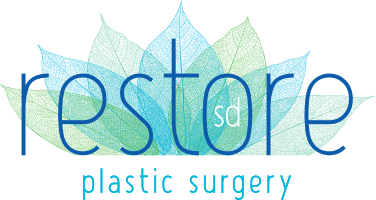

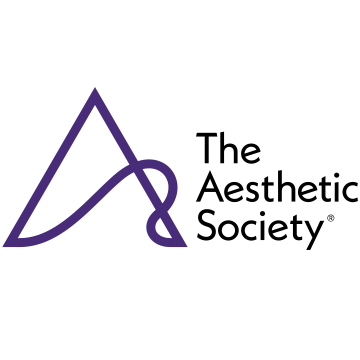
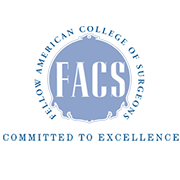
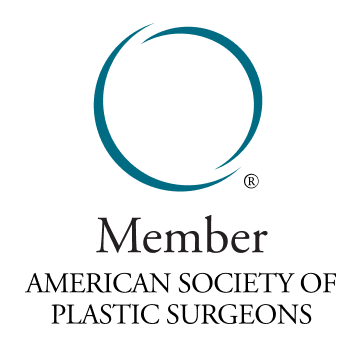
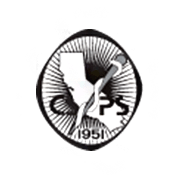
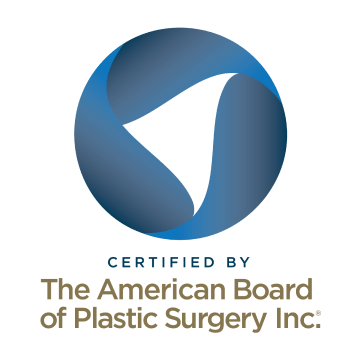

Leave a Reply